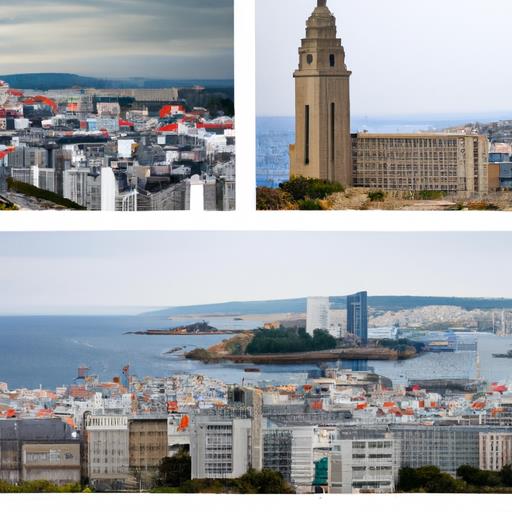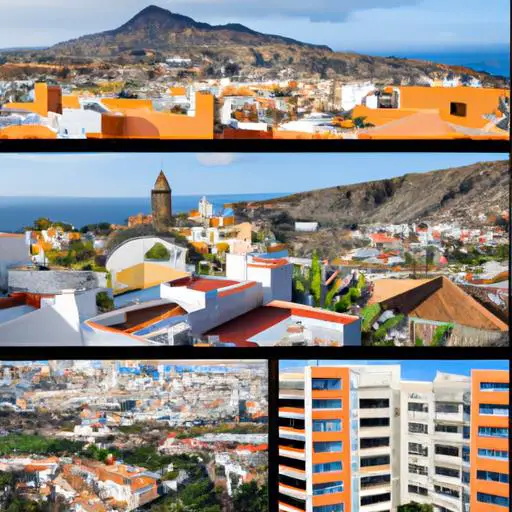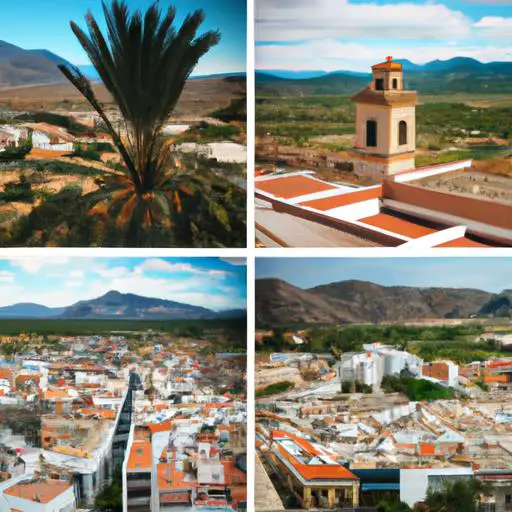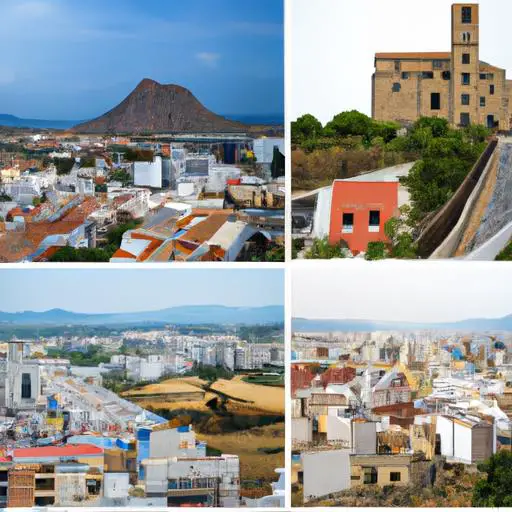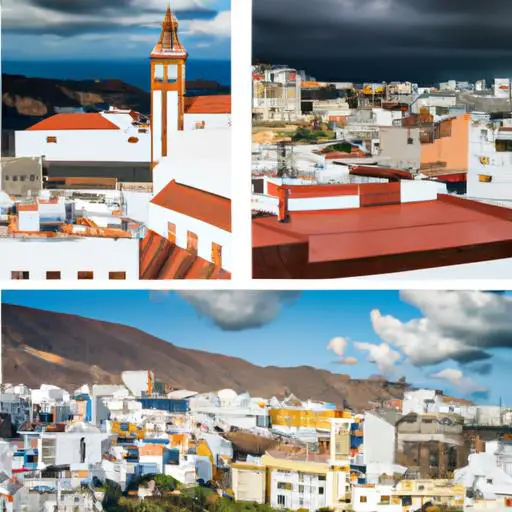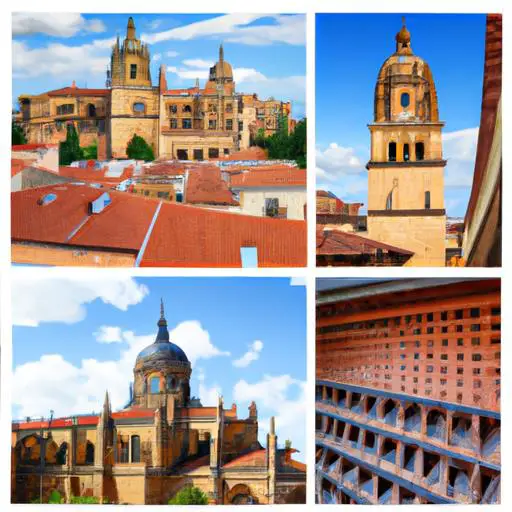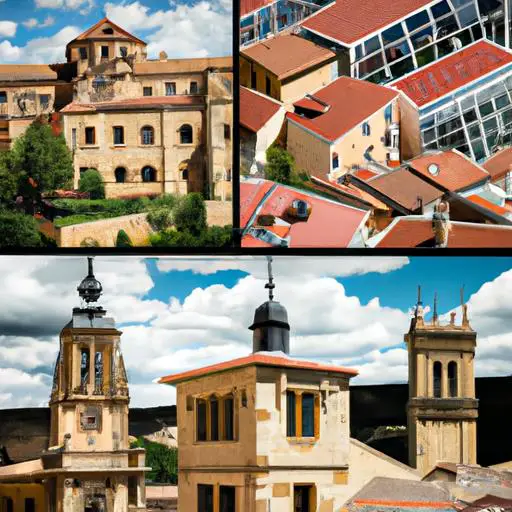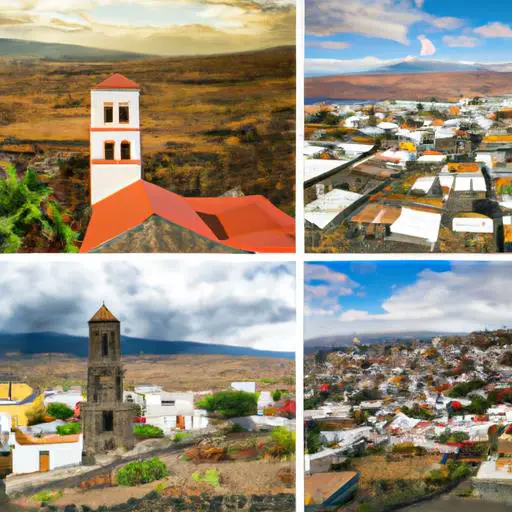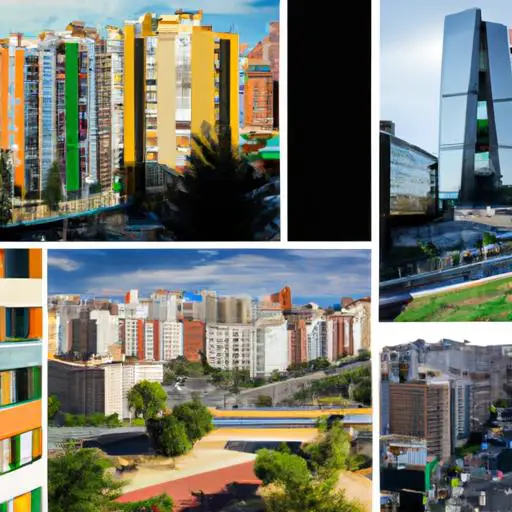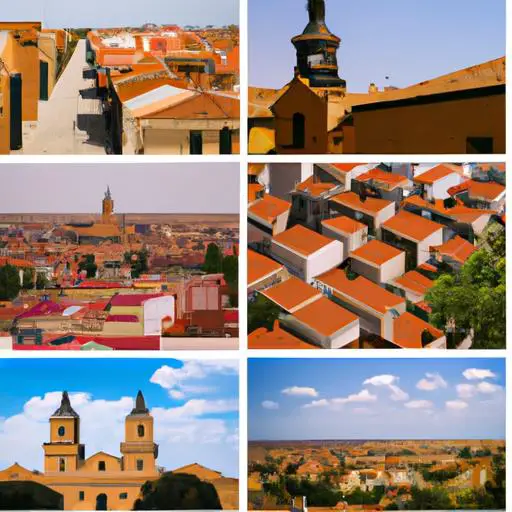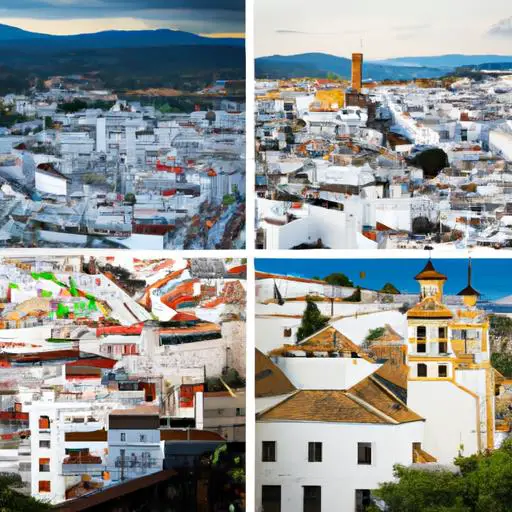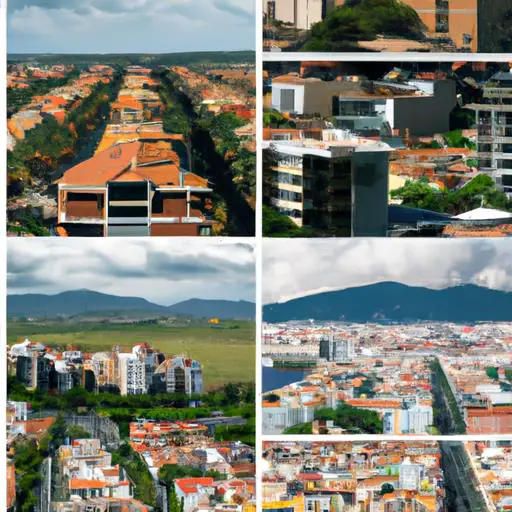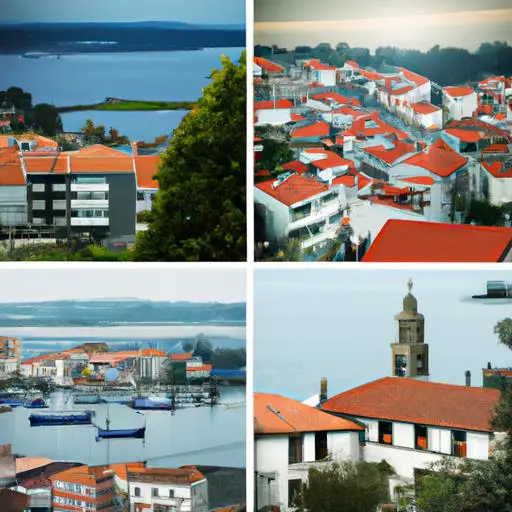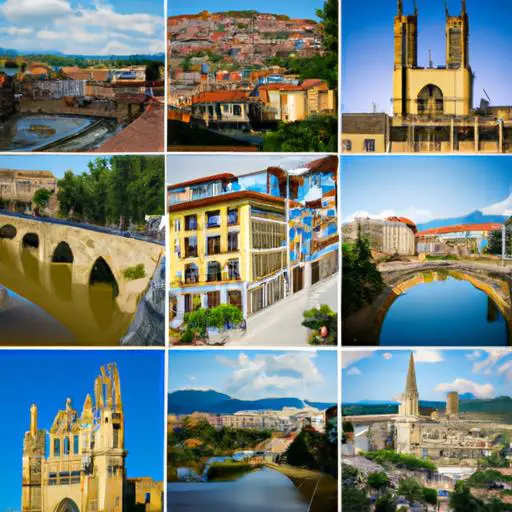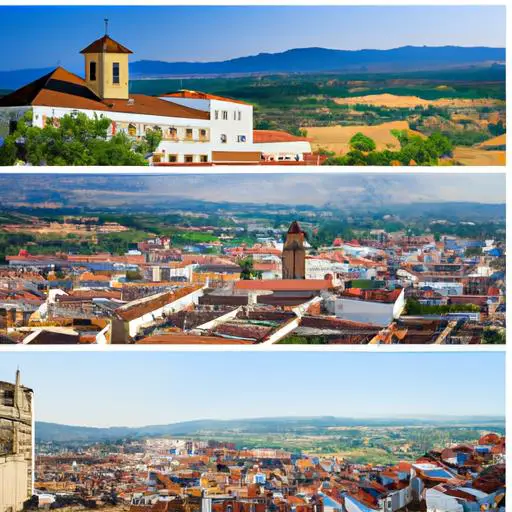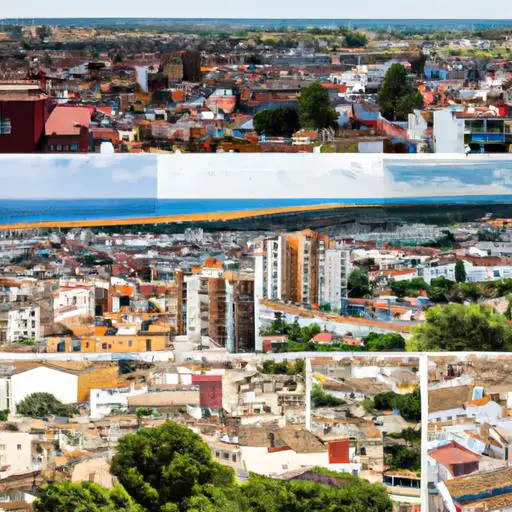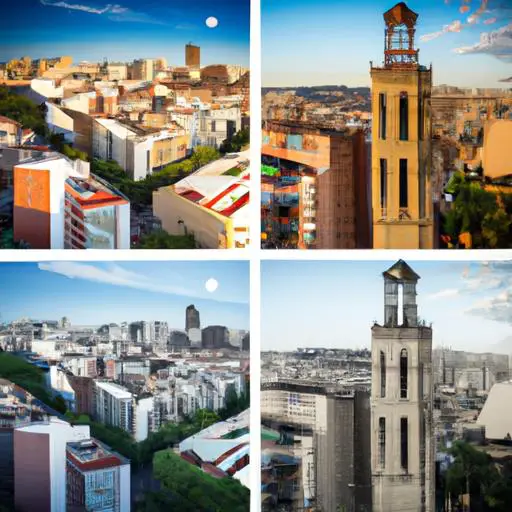History & Information About Palacio de Comunicaciones, Madrid, Spain
Located in the heart of Madrid, Spain, the Palacio de Comunicaciones, also known as the Communication Palace, is an architectural gem that seamlessly combines grandeur and functionality. This iconic building serves as the headquarters of Madrid's City Council and stands as a symbol of the city's rich history and vibrant culture.
The construction of the Palacio de Comunicaciones began in 1904 and was completed in 1917. It was designed by the renowned architects Antonio Palacios and Julian Otamendi, who drew inspiration from various architectural styles, including neo-Gothic and Art Nouveau. The building's stunning exterior features intricate sculptures, stained glass windows, and ornate details that showcase the fine craftsmanship of the era.
The Palacio de Comunicaciones was initially built to house the city's main post office and telegraph offices. It served as the central hub for all communication-related activities, including mail delivery and telegraph services. However, with the advancements in technology, its purpose evolved over time.
Today, the Palacio de Comunicaciones functions as the City Council headquarters and is open to the public. It houses various administrative offices, meeting rooms, exhibition spaces, and cultural centers. These spaces are often used for art exhibitions, conferences, and other cultural events, making the building a vibrant hub of activity.
One of the highlights of the Palacio de Comunicaciones is its stunning rooftop terrace. Offering panoramic views of Madrid's skyline, it has become a popular tourist attraction. Visitors can admire the city's landmarks, such as the Royal Palace and the Almudena Cathedral, while enjoying a picturesque backdrop of the bustling city below.
Inside the building, visitors can explore its impressive interiors, which have been carefully preserved to showcase their original splendor. The main hall, with its grand staircase and intricate decorations, provides a glimpse into the building's glorious past. The ornate details, including sculptures, mosaics, and stained glass windows, are a testament to the architectural beauty of the early 20th century.
The Palacio de Comunicaciones has played a significant role in the history of Madrid. It has witnessed the city's transformation over the decades, from post offices and telegraph services to a bustling cultural center. Its architectural significance and historical value have earned it the status of a heritage building.
Visiting the Palacio de Comunicaciones allows you to immerse yourself in the rich history and culture of Madrid. Whether you explore its stunning rooftop terrace, admire its intricate interiors, or attend one of the many cultural events hosted within its walls, this architectural masterpiece is sure to leave you in awe.
So, next time you find yourself in Madrid, don't miss the opportunity to visit the Palacio de Comunicaciones. Dive into its fascinating history, marvel at its architectural beauty, and experience the vibrant energy that flows through this iconic landmark.
Read more interesting post
Interesting Facts About Palacio de Comunicaciones, Madrid
The Palacio de Comunicaciones, located in Madrid, Spain, is an iconic building filled with interesting lesser-known facts. Let's explore some of them in detail:
1. Architectural Marvel:
The Palacio de Comunicaciones, also known as the Palace of Communications, is an architectural marvel. It was designed by architects Antonio Palacios and Joaquín Otamendi, and its construction lasted from 1904 to 1917. The design reflects a mix of various architectural styles, including Baroque and Renaissance influences.
2. Postal Services Hub:
Originally, the Palacio de Comunicaciones served as the headquarters of the Spanish postal service. It played a crucial role in managing postal operations, telegraph services, and telephone communications during its early years.
3. Magnificent Central Dome:
One of the most impressive features of the Palacio de Comunicaciones is its central dome. Standing at a height of 40 meters (131 feet), the dome is adorned with stunning stained glass windows, which create a breathtaking display of light inside the building.
4. Symbolic Sculptures:
The facades of the building are adorned with numerous sculptures that hold deep symbolism. These sculptures represent various aspects of communication, such as telegraphy, telephony, and postal services. Each figure tells a unique story and adds to the grandeur of the building.
5. Change of Function:
After serving as the central post office for several decades, the Palacio de Comunicaciones underwent a transformation. In 2007, it was repurposed as Madrid City Hall, becoming the administrative center of the city.
6. Madrid's Identity:
The Palacio de Comunicaciones has become an iconic symbol of Madrid. It is often featured in postcards, photographs, and travel guides, showcasing its architectural beauty and historical significance.
7. Central Location:
Situated in the heart of Madrid, the Palacio de Comunicaciones occupies a prime location. It is surrounded by other notable landmarks such as the Plaza de Cibeles and the Puerta de Alcalá, making it easily accessible for visitors.
8. Public Spaces:
The building not only houses administrative offices but also offers various public spaces. Visitors can explore the central courtyard, which features beautiful gardens and fountains, providing a serene environment amidst the bustling city.
9. Night Illumination:
The Palacio de Comunicaciones truly shines at night. Its facade is illuminated by a spectacular lighting system that highlights the architectural details, giving the building an enchanting and magical appearance.
10. Cultural Importance:
Besides its administrative functions, the Palacio de Comunicaciones frequently hosts cultural events such as exhibitions, concerts, and conferences. This cultural versatility adds to its significance as a landmark in Madrid.
Overall, the Palacio de Comunicaciones stands as a remarkable symbol of communication history, architectural beauty, and Madrid's cultural heritage.
Read more
- Alcázar of Gijón, ES : Interesting Facts, History Information & Travel Guide
- Cathedral of Santiago de Compostela, ES : Interesting Facts, History Information & Travel Guide
- El Capricho, Comillas, ES : Interesting Facts, History Information & Travel Guide
- Palacio de Cibeles, Madrid, ES : Interesting Facts, History Information & Travel Guide
Travel Guide For Visiting Palacio de Comunicaciones, Madrid, Spain
The Palacio de Comunicaciones, located in Madrid, Spain, is a must-visit destination for travelers. This architectural masterpiece is a symbol of Madrid's rich history and culture, and it offers a unique experience for visitors.
When planning your visit to Palacio de Comunicaciones, it's important to keep a few things in mind:
- Location: The Palacio de Comunicaciones is situated in the heart of Madrid, making it easily accessible for tourists. You can find it at Plaza Cibeles, a prominent square in the city.
- Architecture: The building itself is a stunning example of Spanish architecture. It was designed by architects Antonio Palacios and Joaquín Otamendi and completed in 1919. The Palacio de Comunicaciones features a mix of different styles, including neo-Gothic, French Renaissance, and Spanish Plateresque.
- History: Originally built as the central post office of Madrid, the Palacio de Comunicaciones has now become the headquarters of Madrid City Council. It has witnessed significant historical events and has been a witness to the city's growth over the years.
- Facilities: As a visitor, you can explore the stunning interiors of Palacio de Comunicaciones. The building houses several exhibition halls showcasing different art displays and historical artifacts. You can also visit the rooftop terrace for panoramic views of Madrid's skyline.
- Access: Palacio de Comunicaciones offers guided tours which provide insight into the building's history and architecture. Alternatively, you can explore the place at your own pace. Don't forget to check the timings and availability of tours before planning your visit.
- Nearby Attractions: While you're in the vicinity, make sure to explore other nearby attractions as well. You can visit the famous Retiro Park, the Prado Museum, or the Puerta del Sol, which are all within a reasonable walking distance from Palacio de Comunicaciones.
Visiting Palacio de Comunicaciones is a fantastic way to delve into the rich cultural heritage of Madrid. Take your time to explore the building's architecture, soak in the history, and enjoy the breathtaking views from the rooftop terrace. It's a travel experience that you wouldn't want to miss!
Same cateogry post
- El Escorial Monastery, ES : Interesting Facts, History Information & Travel Guide
- Casa Milà (La Pedrera), Barcelona, ES : Interesting Facts, History Information & Travel Guide
- Hospital de Sant Pau, Barcelona, ES : Interesting Facts, History Information & Travel Guide
- Palacio de Cibeles, Madrid, ES : Interesting Facts, History Information & Travel Guide
Frequently Asked Questions about Palacio de Comunicaciones, Madrid, Spain
What is Palacio de Comunicaciones?
Palacio de Comunicaciones, also known as the Communication Palace, is a historic building located in Madrid, Spain. It was originally built to serve as the central post office of the city.
Where is Palacio de Comunicaciones located?
Palacio de Comunicaciones is situated in the heart of Madrid, in the Plaza de Cibeles. This central location makes it easily accessible for visitors.
What is the history of Palacio de Comunicaciones?
The construction of Palacio de Comunicaciones began in 1904 and was completed in 1917. It was designed by architects Antonio Palacios and Joaquín Otamendi. Originally intended as a post office, it later served as the headquarters of the Ministry of Development and currently houses the City Hall of Madrid.
What architectural style is Palacio de Comunicaciones?
Palacio de Comunicaciones showcases beautiful architecture in the Beaux-Arts style, characterized by its grandeur, symmetry, and elaborate ornamentation. The building features intricate carvings, sculptures, and decorative elements.
What are the notable features of Palacio de Comunicaciones?
The palace boasts several striking features, including its iconic clock tower, which has become one of the symbols of Madrid. The central courtyard is adorned with fountains and sculptures, creating a picturesque setting. The interior impresses with its majestic halls, intricate details, and historical elements.
Can visitors explore Palacio de Comunicaciones?
Yes, visitors have the opportunity to explore Palacio de Comunicaciones. The building has been opened to the public on various occasions, allowing people to marvel at its architectural charm and learn about its history. However, it's always best to check the official website or local tourism information for up-to-date details on availability and visiting hours.
Is Palacio de Comunicaciones used for any specific events or functions?
Palacio de Comunicaciones is a multifunctional space used for various events, exhibitions, and cultural activities. It often hosts art exhibitions, concerts, conferences, and other special events. Additionally, it serves as the administrative headquarters for the City Hall of Madrid.
Is Palacio de Comunicaciones easily accessible?
Yes, Palacio de Comunicaciones is conveniently located, making it easily accessible by public transportation. It is well-connected by metro, bus, and taxi, and ample parking options are available nearby for those traveling by car.
Are there any nearby attractions to visit after exploring Palacio de Comunicaciones?
Absolutely! Palacio de Comunicaciones is surrounded by numerous attractions in Madrid. Some nearby places of interest include the famous Prado Museum, Retiro Park, Puerta del Sol, Gran Via, and numerous charming neighborhoods to explore. Visitors can easily continue their journey through the vibrant city of Madrid.
Read more interesting post

